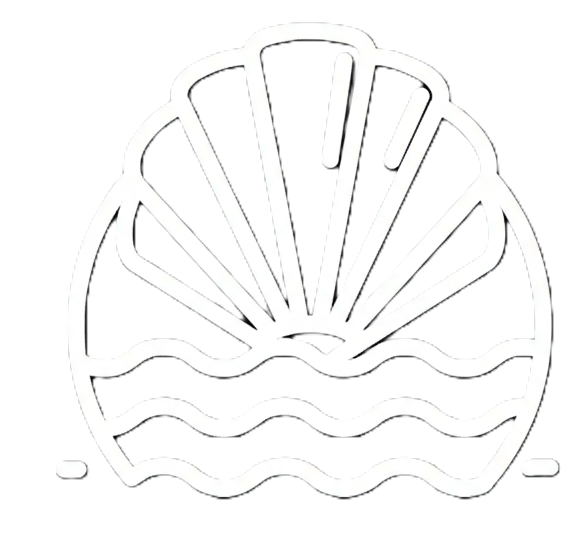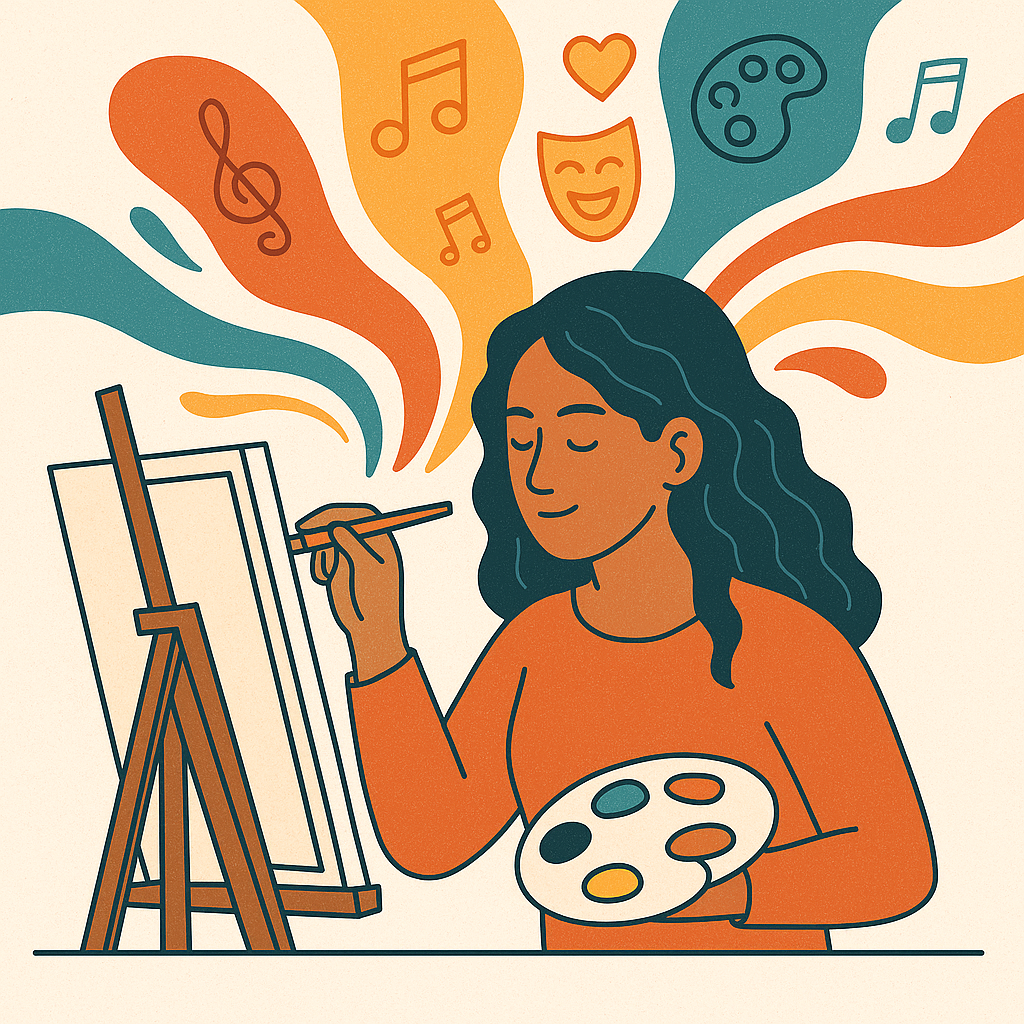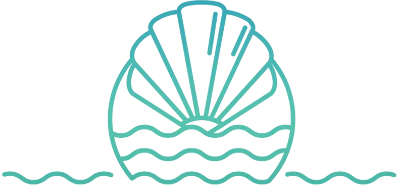When words fail, art speaks. Across cultures and throughout history, humans have used creative expression to process trauma, celebrate joy, and make sense of complex emotions. Today, mental health professionals are rediscovering what our ancestors always knew: creativity heals.
The Science Behind Creative Healing
Art-making activates multiple areas of the brain simultaneously, creating new neural pathways and reducing stress hormones. Dr. Girija Kaimal’s research at Drexel University found that just 45 minutes of creative activity significantly reduces cortisol levels, regardless of artistic experience or talent (Kaimal et al., 2016).
The therapeutic power of art lies not in creating beautiful objects, but in the process of expression itself. When we engage in creative activities, we:
- Access non-verbal emotions that are difficult to articulate in words
- Enter flow states that reduce anxiety and promote mindfulness
- Build self-efficacy through the tangible act of creation
- Process trauma in a safe, controlled way
Art Therapy: More Than Just Making Art
Professional art therapy combines psychological theory with creative practice, providing structured ways to explore emotions, relationships, and personal growth. Common techniques include:
Expressive Drawing: Using colors, lines, and shapes to represent feelings or experiences without concern for artistic skill.
Collage Work: Combining images and materials to create new meanings and explore identity or goals.
Clay and Sculpture: Working with three-dimensional materials to express emotions that feel “stuck” or overwhelming.
Digital Art: Using technology to create art that might be more accessible for some individuals.
Creative Expression for Everyone
You don’t need to be an artist or work with a therapist to benefit from creative expression. Simple activities anyone can try include:
Morning Pages: Write three pages of stream-of-consciousness thoughts each morning to clear mental clutter.
Emotion Colors: Choose colors that represent your current feelings and create abstract paintings or drawings.
Photo Journaling: Take pictures that capture your daily emotional landscape.
Music Therapy: Listen to or create music that matches or transforms your mood.
Movement Expression: Use dance or physical movement to express emotions that feel trapped in your body.
The Community Aspect of Creative Healing
Art becomes even more powerful when shared in supportive communities. Group creative activities provide opportunities to:
- Connect with others through shared vulnerability
- Gain new perspectives on personal challenges
- Build social skills and confidence
- Create meaning through collective expression
Research shows that group art activities reduce isolation and improve social functioning, particularly important in our increasingly disconnected world.
Breaking Down Barriers to Creative Expression
Many adults avoid creative activities due to perfectionism, past criticism, or beliefs that they’re “not artistic.” These barriers prevent access to powerful healing tools. Remember:
- Process matters more than product – focus on the experience, not the outcome
- There’s no “wrong” way to express yourself creatively
- Imperfection is perfect – embrace messiness and experimentation
- Your creativity is unique – comparison kills the therapeutic benefits
Integrating Creativity into Daily Mental Health Care
Creative expression shouldn’t be reserved for crisis moments. Regular creative practice builds emotional resilience and provides ongoing stress relief. Consider:
- Setting aside 15 minutes daily for creative expression
- Keeping art supplies easily accessible for spontaneous expression
- Joining community art groups or online creative communities
- Using creative activities as part of therapy or self-care routines
The healing power of art lies not in creating masterpieces, but in the brave act of expression itself. In a world that often demands perfection, creativity offers permission to be human, messy, and beautifully imperfect.
References:
- Kaimal, G., Ray, K., & Muniz, J. (2016). Reduction of cortisol levels following art making. The Arts in Psychotherapy, 45, 68-73.
- Malchiodi, C. (2020). Art as therapy: Approaches to the expressive arts. Guilford Press.


